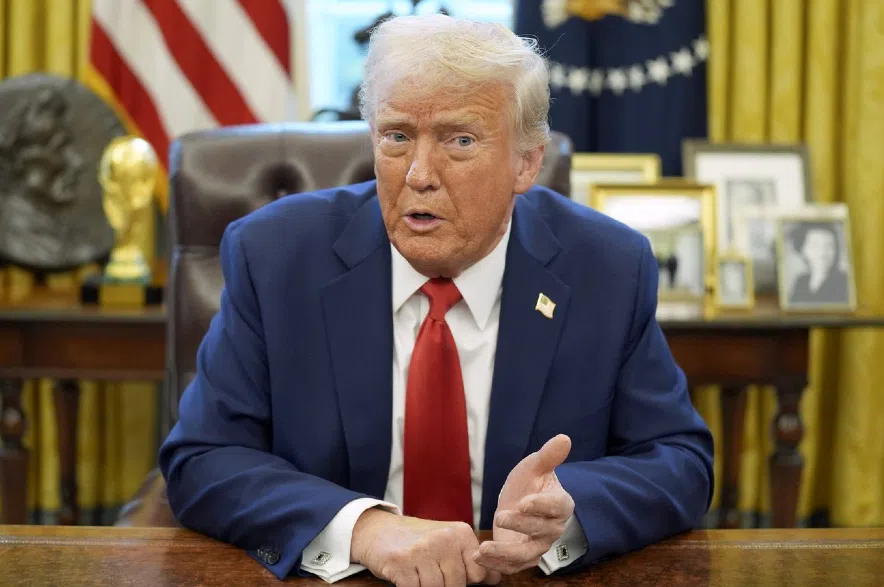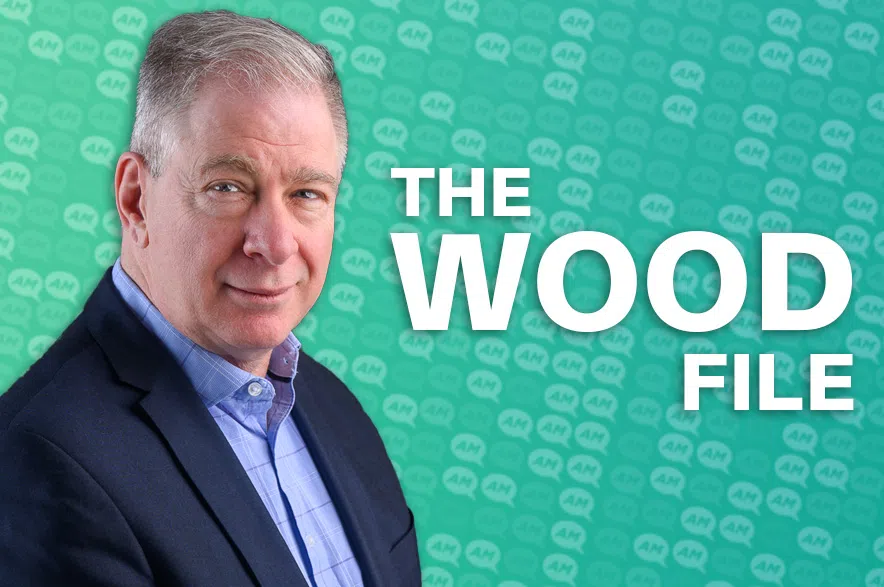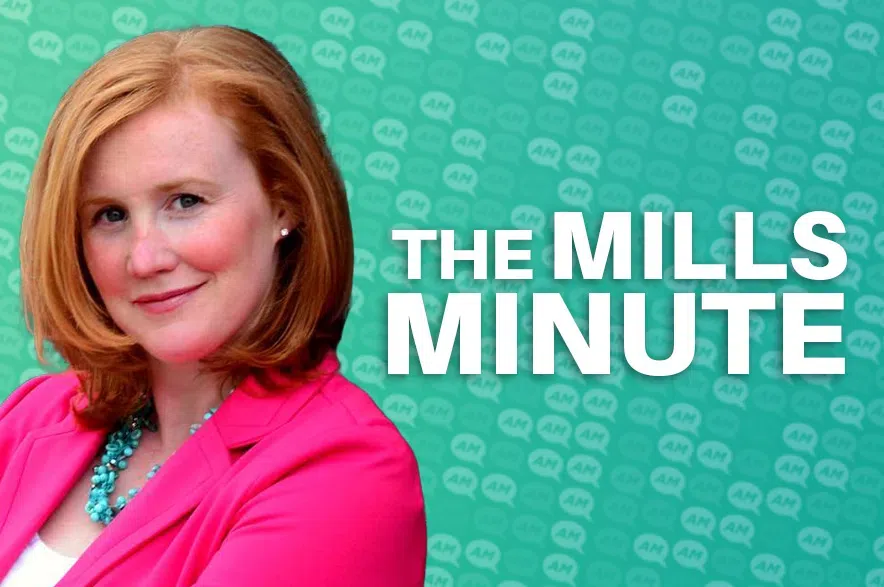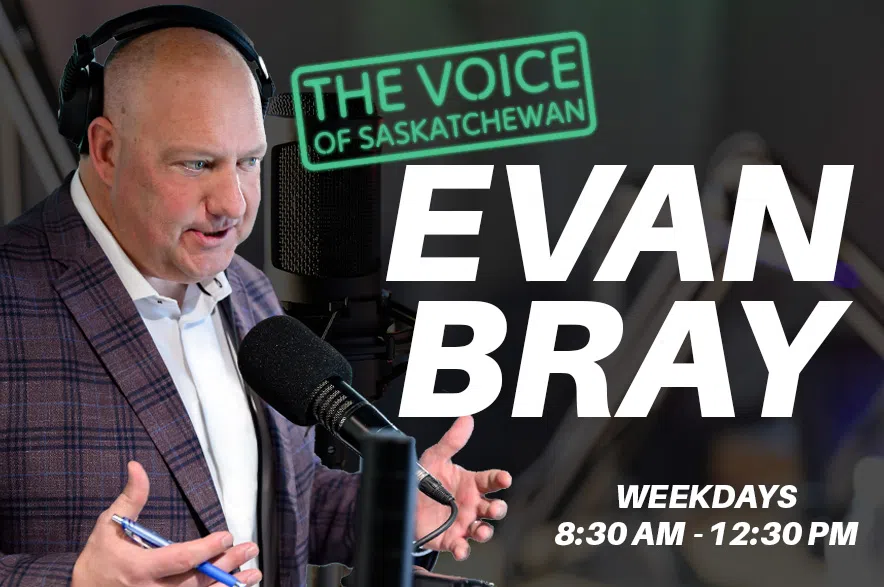U.S. President Donald Trump has signed executive orders slapping 25 per cent tariffs on all steel and aluminum imports into the United States, including Canadian products.
Trump first signalled the tariffs at a press conference aboard Air Force 1 as he travelled to New Orleans to watch the Super Bowl between the Kansas City Chiefs and Philadelphia Eagles on Sunday.
Read more:
- Canada to impose 25-per-cent tariffs on $155 billion worth of American goods
- From bagels to ‘Canadianos,’ Trump tariffs threat inspires acts of patriotism
- Premier Scott Moe travelling to Washington D.C. to argue against tariffs
“We were being pummeled by both friend and foe alike,” Trump said as he signed two proclamations changing his orders during his first term that go into effect on March 4. “It’s time for our great industries to come back to America.”
The moves are part of an aggressive push by the president to reset global trade, with Trump saying that tax hikes on the people and companies buying foreign-made products will ultimately strengthen domestic manufacturing. But the tariffs would hit allies as the four biggest sources of steel imports are Canada, Brazil, Mexico and South Korea, according to the American Iron and Steel Institute.
Monday’s tariffs almost immediately drew criticism from Canada, the largest source of steel imports.
Saskatchewan Premier Scott Moe says he’s in Washington to help change the minds of lawmakers.
He says it’s incumbent on Canadian political and industrial leaders to make the case to U.S. officials who can convince Trump tariffs are bad for the economy.
Moe says targeted counter-tariffs from Canada can be effective but that broad-based retaliatory measures are harmful.
Candace Laing, president and CEO of the Canadian Chamber of Commerce, said that Trump was a destabilizing force in the global economy.
“Today’s news makes it clear that perpetual uncertainty is here to stay,” said Laing.
Fox News aired a partial interview with Trump ahead of that game, where he said he wants to see Canada become a state due to the unsubstantiated claim that the United States is “paying $200 billion a year” to its northern neighbour.
Trump says that Canada would be “much better off” as a member of the United States, and said he’d be fine with “subsidizing” Canada if it was a state, an apparent reference to the U.S. trade deficit with Canada.
Statistics Canada says Canada’s overall trade surplus with the U.S. was $94.4 billion in 2023, primarily due to oil exports.
Trump made the statement in response to a question from Fox News anchor Bret Baier in an interview televised Sunday.
Trump repeats 51st state remarks
Baier asked Trump about Prime Minister Justin Trudeau‘s comments Friday, where Trudeau told a group on business leaders that Trump is not joking about making Canada a state.
“I think Canada would be much better off being a 51st state because we lose $200 billion a year to Canada, and I’m not going to let that happen,” Trump told Baier.
“It’s too much. Why are we paying $200 billion a year essentially in subsidy to Canada? Now, if they’re a 51st state I don’t mind doing it.”
On Friday, Trudeau told a crowd of more than 100 business leaders at a Canada-U.S. economic summit in Toronto that Trump’s comments about making Canada a state are “a real thing.”
His comments about Trump were made behind closed doors after reporters were ushered out of the room. The Toronto Star was able to hear what Trudeau was saying because the audio was inadvertently broadcast.

Trump has also previously floated the idea of diverting water from Canada to the U.S. to deal with things like wildfires. (Annette Tetz/Submitted)
Diverting water seen as real threat
Trump has also previously floated the idea of diverting water from Canada to the U.S. to deal with things like wildfires.
“I think the threat is real,” Dr. John Pomeroy, director of USask Centre for Hydrology, told 980 CJME on Monday.
“We’ve always felt that we were safe because of various treaties and laws we had on transboundary water, but (Trump’s) also shown that he’s quite willing to rip up treaties.”
Pomeroy said Trump’s ideas about diverting water from Canada to the U.S. wouldn’t be practical.
“The technical feasibility of moving Canadian water down into California is still incredibly expensive and wouldn’t make any sense. But, again, the idea of something making sense — we don’t have to worry about that,” he said.
Pomeroy also said it would be more economically efficient for Americans to reduse their own waste water instead of taking water from other countries.
Border issues remain official reason for tariffs
Trump initially threatened to impose 25-per-cent tariffs on Canadian products due to border security issues around fentanyl and illegal immigration, but the president’s comments continue to focus on trade with Canada and, more recently, a perceived lack of U.S. banks in Canada.
Border issues remain the official justification for threatening tariffs, according to the executive order.
On Feb. 3, both Canada and Mexico were granted at least 30 days reprieves from the threat being realized after both Trudeau and Mexican president Claudia Sheinbaum talked to Trump about their respective border plans.
Canada’s plan includes $1.3 billion in spending, first announced in December, on enhanced border security, including patrols with helicopters, and the creation of a “fentanyl czar”, who will work with U.S. counterparts in combating the toxic drug crisis.
– With files from 980 CJME’s David Kirton and Associated Press
Read more:











